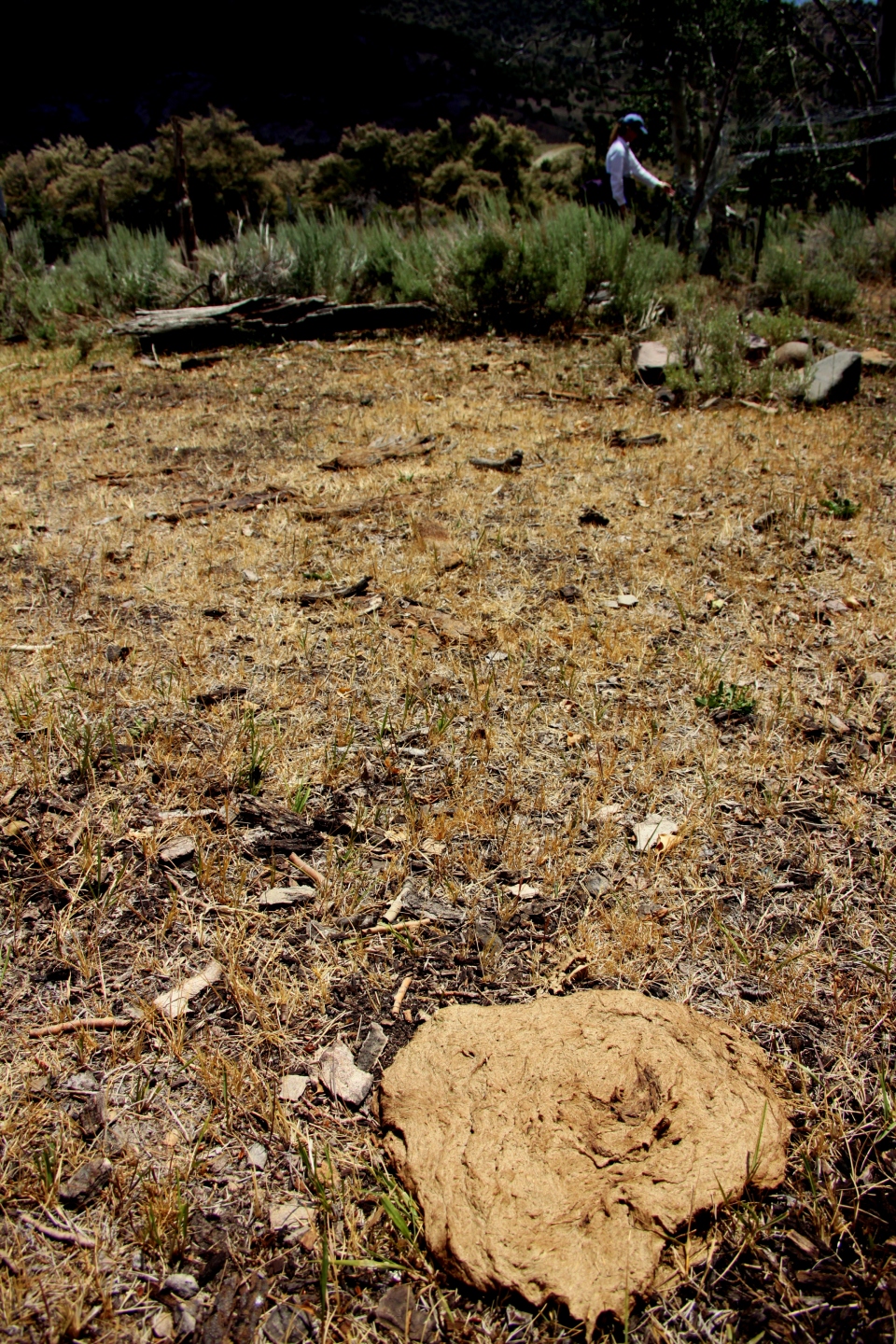“Republicans are laying the groundwork to refuse to certify a 2024 Democratic presidential victory . . .”
– Opinion by Perry Bacon Jr., Washington Post 5/20/2021
I have a bet with my wife about the Senate filibuster. My bet is that the Biden Administration cannot or will not modify the filibuster enough to allow passage of the pending voting rights acts. Without these acts to stop them, Republicans have all but finished laying the groundwork to overturn the next presidential election. The radical right has been brilliantly working on the statehouses for several decades. This work has been done quietly and effectively. Conversely, the anti-democratic radicals have loudly and egregiously warped the U.S. Supreme Court in their favor. They flagrantly did this right in the Democrat’s face even though they represented a minority of the population. The Republican statehouses have learned they can refuse to certify presidential elections that run in favor of Democrats. When they refuse to certify, the election, as dictated by the Constitution, is thrown to the U.S. House where the election decision is made by one state one vote. Republican states represent a minority of the population but they are the majority of the states and so the democratically decided election will be overturned in favor of a Republican.
Continue reading







